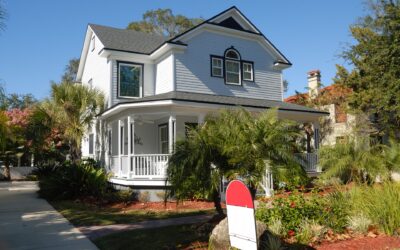In a market as hot as fix and flipping, there are plenty of opportunities to make maximum profits when executing a flip. While there are a number of money-saving tricks that flippers can use during the build-out portion of the fix and flip, there are also a few purely financial ways to reach maximum profits. Before you find yourself fully invested in the next fix and flip, consider these 3 ways to finance and increase your profit on your future fix and flips:

- Renovation Loan – A renovation loan, whether from a traditional lender or a private/hard money lender can help fix and flip investors take advantage of opportunities in the market when they do not have a way to fund the deal with all cash. When comparing the two types of lenders, make sure you fully understand the pro’s and con’s of each. Traditional lenders offer lower rates, but can take 60-90 days to close and require a lot of underwriting. Conversely, private or hard money lenders can close in a matter of days and with little or no underwriting, but have higher fees. Depending on how quickly you need to close or how easy you want the process to be can drive which direction you go for funding.
“There are plenty of ways to finance without risking resources directly affiliated with the property to be flipped.”
- Paying with Your Own Resources – There are plenty of ways to finance without risking resources directly affiliated with the property to be flipped. While these financing options present the opportunity to acquire funding quickly, they pose a more direct risk to you, your home, and/or your personal property.
- Cash Out Refinancing – With a cash out refinancing loan on your primary residence or another investment property, you will levy your current home mortgage against a mortgage of higher value, allowing you to literally cash out the difference. Cash out refinancing may not work in every situation, though, as homes with less than 30% equity in their mortgage will not result in a high enough payout from the secondary mortgage to be cost effective in the face of funding gaps elsewhere in your projects.
- Home Equity Line of Credit – This line of credit levies your current real estate against the payout from the bank. In most institutions, you qualify for an HELOC when you’ve paid 20% of your mortgage back on your home, which leads to a line of credit that will generally open up to 85% of the equity on your loan. This means that if your existing mortgage is valued at $250,000 and you have paid off $100,000, your equity on that original loan is $150,000. An HELOC will allow you open access to 85% of $150,000, which is $127,500. Home equity lines of credit are typically fixed interest which can make useful in paying off other high-interest loans which you may have previously taken out on flips.
- Fundraise from Family and Friends – There’s nothing wrong with getting by with a little help for your friends. This strategy, however, risks adding stress to interpersonal relationships that may not be able to handle the stress of a business relationship as well. Many times, business-oriented loans between family and friends will be relatively flexible, but it remains important to repay the people helping you. Other obstacles to navigate can include the limited resources that family and friends could provide. Many people are not fortunate enough to have family resources equal to that of a bank or lending institution.
Financing is the name of the game for folks who fix and flip. With the importance of having a healthy wallet throughout your build out and a healthier wallet after you sell hinging on your original loan and interest rates, it is critical to understand your best financing options. To start your exploration into better financing for your flips, contact us at EMCAP lending – we love to help your projects succeed.


